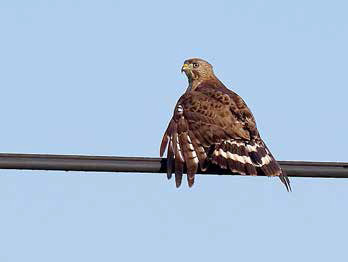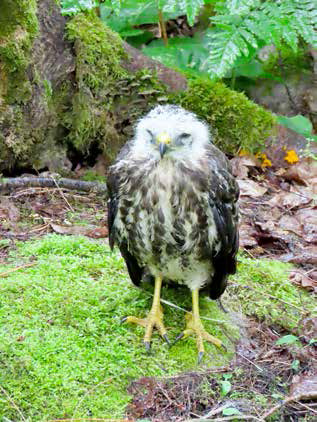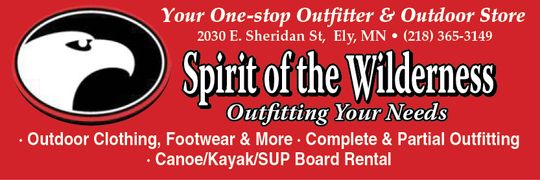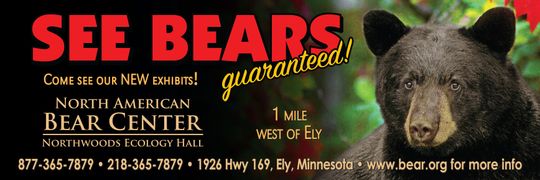Life comes and goes on a continuum. In the environment that surrounds us and we experience, life during 2025 began, progressed, and ended in all its forms. As summer reaches midway and continues, we are selectively aware and share our observations of what lives around us.
A young-of-the-year bald eagle has been fed by adults and now stands on a branch where its parent has perched and begins flight and the search for food sources before autumn migration. Young loons and gulls still receive some parental or colony protection from attacks by eagles or other predators.
White-tailed deer does are trailed across streets and avenues to back yards in town as nursing has progressed from nursing to browsing. How many of these fawns will elude vehicles, predators, disease, fall hunting etc. to reach 2026?
Pollinator gardens and hummingbird feeders invite summer residents to food for adult insects and their 2025 offspring. Monarch butterflies and some caterpillars, bees, and other insects provide assurance that learning about their environmental needs. Ruby-throated hummingbirds like so many of so many of our other summer migrants have completed nesting living here and farther north are fueling up and beginning to move their populations to winter destinations.
A broad-winged hawk family was nesting near the Old Koshak Farm Wildlife Management Area managed by the Minnesota Department of Natural Resources. Adults could be seen hunting daily the open roadsides of that area through the past couple of months. The nest location was never found until a morning this past week when a young raptor was found standing on the Cloquet Line near a driveway.
Many people traveling the road noticed the bird, some took photos, and the resident moved the bird to a safer spot in the forest.
People care. The bird’s identification, health, and welfare became a concern and discussion.
What was its condition, health, and prospects for survival. Consultation and discussion occurred with a conservation officer, wildlife rehabilitation specialist, the Raptor Rehabilitation Center, and the resident while observing the young bird.
All the human activity and the young on the ground drew the attention of one of the bird’s parents that screeched for the forest canopy.
This suggested a nearby nest, with a resident adult, and a seemingly uninjured young. This was the time of year for healthy young to take flight and sometimes land on the ground before working back up into the trees.
Living in an environment of forests, wetlands, lakes, and rivers in northern Minnesota enables you to encounter endless stories of the plants and animals that live and interact around you through the year. See, share, seek answers, and satisfy your curiosity.















